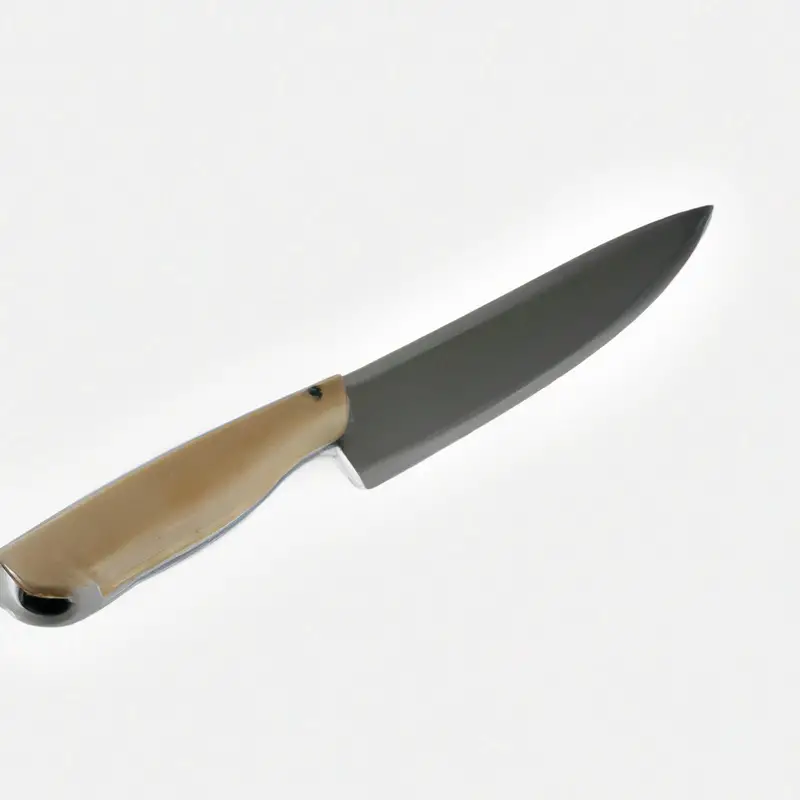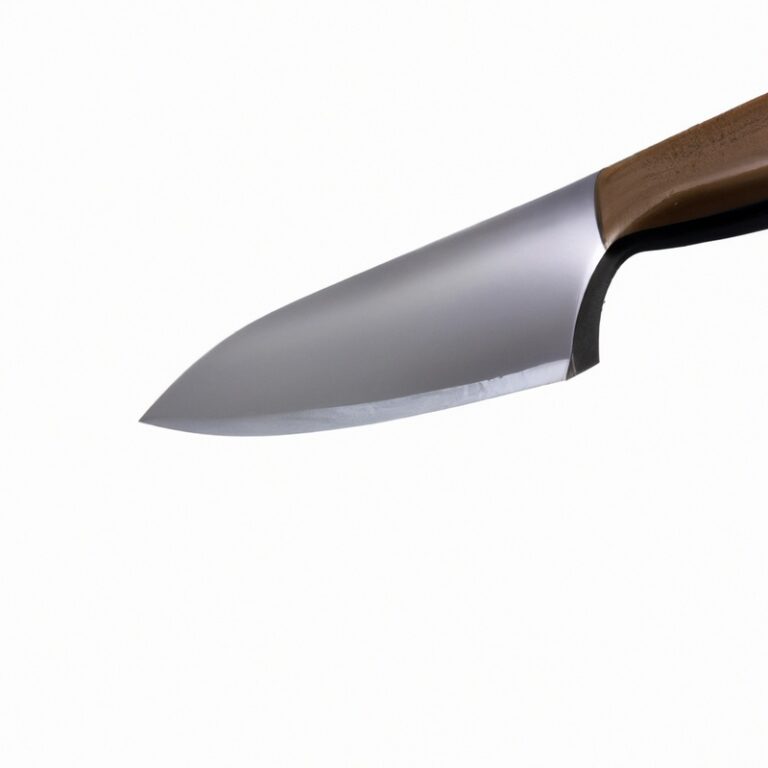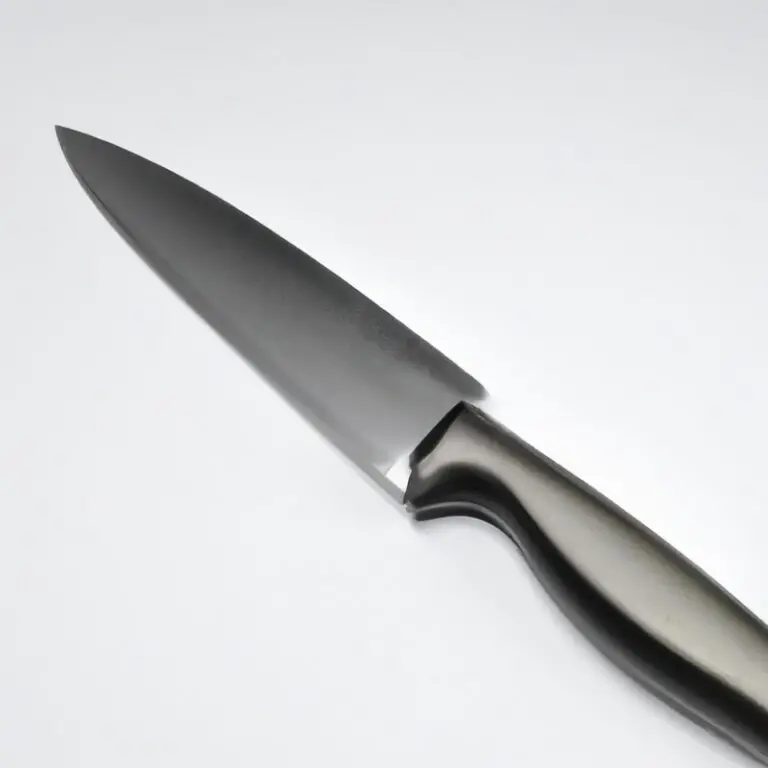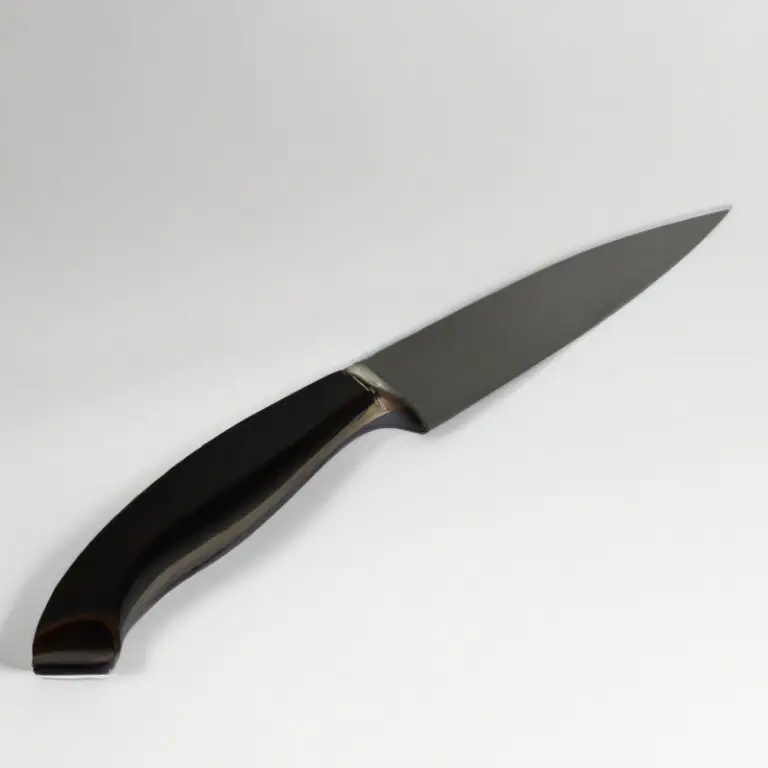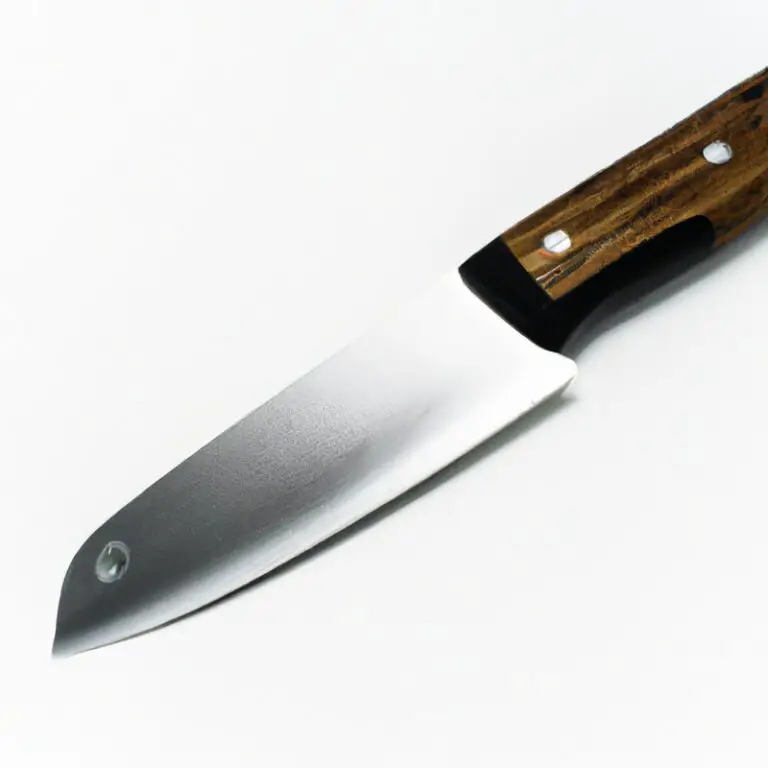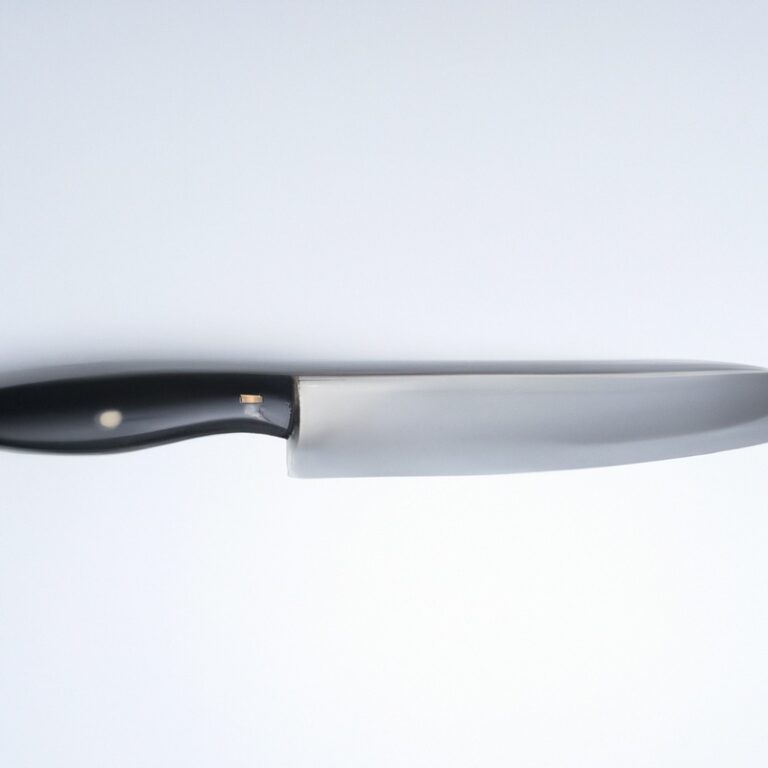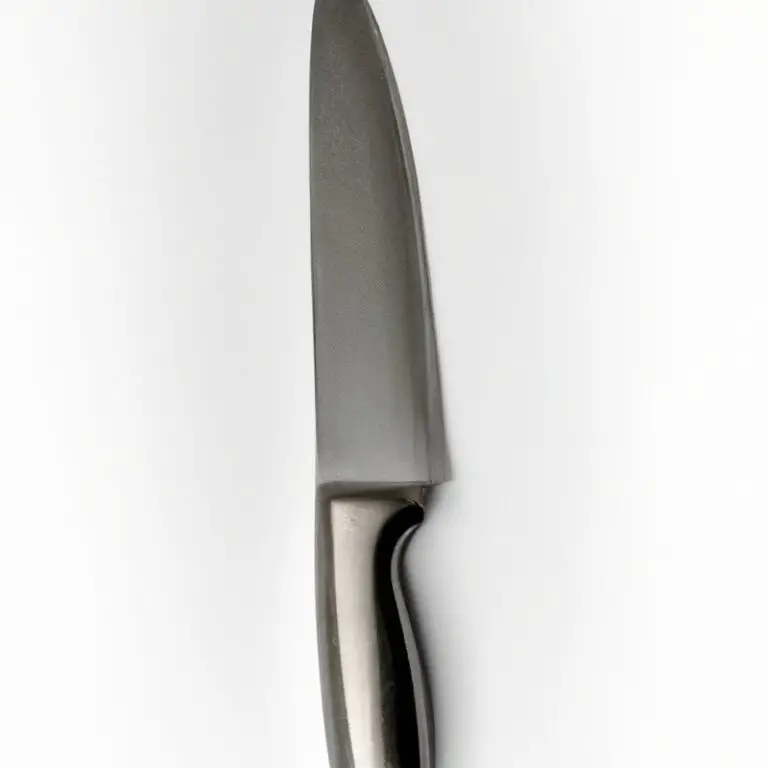How To Fillet a Monkfish Using a Fillet Knife: The Step-By-Step Guide
Key Takeaways:
- Filleting a monkfish using a fillet knife requires skill and precision to remove the fillet properly.
- It is crucial to choose a sharp and flexible fillet knife to make the process more manageable and avoid damaging the fish.
- Start by removing the head, then cut along the backbone, and finally remove the skin to get the fish’s fillet.
- Practice and patience are key to becoming proficient in filleting monkfish, which will result in a delicious and visually appealing final product.
If you’re a fan of seafood and looking for a new challenge, it’s time to learn how to fillet a monkfish using a fillet knife. This elusive and odd-looking fish can be intimidating, but with a little bit of guidance, you’ll be able to break down this meal-worthy catch into delicious fillets.
In this blog post, we’ll cover everything from understanding the anatomy of a monkfish to techniques for removing its skin, bones, and other unwanted bits.
We’ll also provide useful tips to help you avoid common mistakes during the filleting process. So buckle up and let’s dive into the world of monkfish filleting!
| Steps to Fillet a Monkfish | Tools Needed |
|---|---|
| 1. Remove the head by cutting through the flesh and bone connecting it to the body. | – Monkfish – Fillet knife – Cutting board |
| 2. Score the skin along the spine of the fish and peel it back with your fingers or a knife. | – Kitchen scissors – Tweezers |
| 3. Cut along the spine and around the rib bones to separate the fillet from the body. | – Gloves – Paper towel – Plastic bag for discarded bones and scraps |
What is a Monkfish and why fillet it?
Monkfish is a type of fish that is commonly found in the North Atlantic Ocean. It is also known as “anglerfish” or “frogfish” due to its appearance and hunting behavior.
Monkfish fillets are becoming increasingly popular among seafood enthusiasts due to their firm texture, mild flavor, and versatility in cooking.
Filletting a Monkfish allows you to remove the skin and bones, which can be laborious but worth the effort. The skin of the fish is tough and should be removed before cooking, while the bones have a lot of cartilage and are not desirable.
Furthermore, filleting allows for even cooking and presentation of the fish.
Monkfish fillets are a delicious, healthy, and popular seafood option that can be enjoyed in many ways. Filletting your own fish allows you to remove the skin and bones, which enhances the flavor and presentation of the dish.
Understanding the anatomy of a Monkfish
To properly fillet a monkfish, it is essential to understand its anatomy. Monkfish have large heads with wide mouths filled with sharp teeth, which can make them intimidating to handle.
Their bodies are wide and flat, with a firm texture and white meat when cooked.
The monkfish’s spine runs almost the entire length of its body, making the filleting process somewhat unique compared to other fish. The monkfish’s internal organs, including its liver and ovaries, are located in its head, making it a popular ingredient in dishes such as monkfish liver pate.
The monkfish’s flesh is separated into two main sections: the tail section and the cheek section, with the tail section being the most commonly filleted.
When filleting a monkfish, it is important to locate the seam that divides the tail section from the head section. This seam corresponds to the fish’s spine and is a natural dividing line that makes it easier to fillet.
The monkfish also has thick skin that needs to be removed before filleting, as it is tough and not desirable to eat.
Understanding the anatomy of a monkfish is crucial for successful filleting, and it’s important to pay close attention to the unique features and characteristics of this fish to make the most of its delicious meat.
Preparing the fish for filleting
Before filleting a Monkfish, it is important to prepare the fish properly. Begin by cleaning the fish to remove any scales and slime on the surface.
Using a sharp knife, cut off the head and tail of the fish and discard them.
Then, remove the internal organs by cutting along the belly of the fish and removing them gently. Rinse the fish thoroughly with water.
After cleaning, it’s essential to remove the skin from the fish to get to the meat.
To do this, make a small incision near the tail-end of the fish and peel back the skin, using the knife to separate it from the flesh as you go. Be careful not to cut too deep into the flesh.
Continue removing the skin along the length of the fish, ensuring that all the skin is removed.
Next, rinse the fish once more before placing it on a cutting board to begin the filleting process. By properly preparing the fish, you will be able to focus on the task at hand, which is filleting the fish correctly to get the best results.
Choosing the right filleting knife
Choosing the right filleting knife is key to successfully filleting a monkfish. A quality filleting knife should provide the user with a good grip and feel comfortable in their hand.
The blade must be sharp, sturdy, and flexible enough to glide through the tough skin and bones of the monkfish without damaging the flesh.
A filleting knife with a blade length of 7 to 9 inches is ideal for filleting a monkfish. The blade should be thin enough to fit into tight spaces, but sturdy enough to handle the tough skin of the fish.
The handle should be made of a non-slip material like rubber or plastic to provide a good grip.
Before purchasing a filleting knife, it is important to research various brands and read product reviews to ensure that the knife is of good quality and will do the job effectively. Filleting knives come in various price ranges, but investing in a high-quality knife will save time and money in the long run as it will last for years.
Overall, when selecting a filleting knife for a monkfish, it is important to look for a sharp, sturdy, and flexible blade, and a comfortable, non-slip handle.
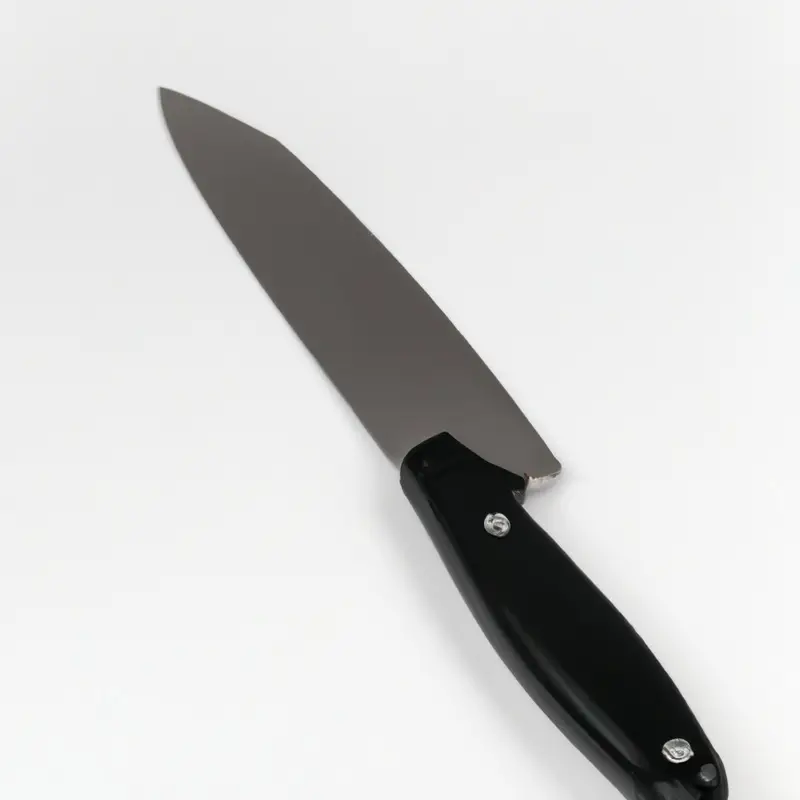
How to set up your workspace for filleting
Before starting to fillet the monkfish, it’s important to set up your workspace correctly. Begin by covering your work surface with a clean and non-slippery surface, like a rubber mat.
It’s also a good idea to use a cutting board on top of the rubber mat.
Make sure you have all the necessary equipment and tools easily accessible before starting, including a filleting knife, sharpening stone, cleaning towel, and a pair of kitchen shears. Keep a bowl or garbage container nearby to dispose of any fish waste.
Ensure that you have enough lighting to properly see what you’re doing and adjust the lighting if needed.
Always have a first aid kit on hand in case of any accidental cuts. By taking these simple steps in setting up your workspace, you can ensure a safe, clean, and organized environment for filleting your monkfish.
Techniques for making the first cut
Before making the first cut, ensure your monkfish is firmly secured. Begin by making a shallow incision through the skin near the head, then use the tip of your fillet knife to follow the natural curve of the fish’s backbone.
Proceed with a slow and steady motion, applying gentle pressure while carefully separating the meat from the bone.
Use your non-dominant hand to hold the fish in place, firmly but gently. When you reach the ribcage, gently slice the meat away from them, making sure not to cut through any bones.
With a steady and even motion, continue to slice through the flesh until you reach the tail.
Take your time, using the natural lines and angles of the fish as a guide. Once you have finished filleting the first side, repeat the process on the other side of the fish.
Removing the skin from the Monkfish fillet
To remove the skin from a monkfish fillet, start by placing the fillet skin-side down on a cutting board. Use a sharp fillet knife to loosen the skin from the flesh starting at the narrow end of the fillet.
With a firm grip on the skin, carefully slide the knife along the flesh, slowly and smoothly, keeping the blade as close to the skin as possible without cutting into the flesh.
Continue cutting until the skin is completely removed from the fillet. Repeat the process with the other fillet and discard the skin.
It’s important to take care when removing the skin as it can be tough to remove, but with a sharp knife and a steady hand, you can achieve a perfectly skinned monkfish fillet.
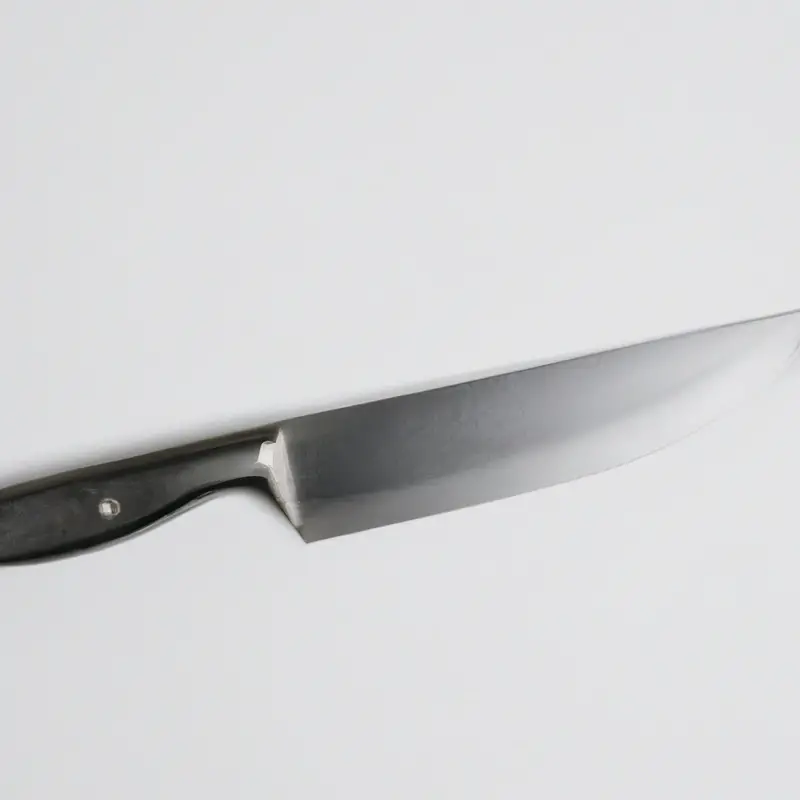
Removing the bones from the Monkfish fillet
Removing the bones from the Monkfish fillet is the final step in filleting this fish. The bones of a Monkfish are primarily located in the central part of the fish, with two parallel lines of bones running down the center.
To remove the bones, start by making a cut down the center of the fillet, following the line of bones.
Use the tip of your fillet knife to loosen the bones, and gently lift them away from the flesh. Work slowly and carefully to avoid tearing the flesh, and use your fingers to feel for any remaining bones.
Once you have removed all the bones, your Monkfish fillet is ready for trimming and cleaning.
It is important to note that Monkfish bones are quite large and, if not removed properly, can pose a choking hazard. Therefore, it is crucial to take your time during this step and ensure that all the bones are completely removed.
Trimming and cleaning the Monkfish fillet
After removing the skin and bones from the Monkfish fillet, it’s time to trim and clean it to prepare it for cooking. Start by removing any remaining bloodline or membranes with a sharp filleting knife.
Next, check the fillet for any remaining bones and use a pair of tweezers to remove them.
Remember to trim off any excess fat and connective tissue. Once you’ve finished cleaning the Monkfish fillet, rinse it with cold water and pat it dry with a paper towel.
It’s now ready to be cooked according to your preferred recipe.
Tips for avoiding common mistakes during filleting
Tips for avoiding common mistakes during filleting:
- Use a sharp fillet knife- It is essential to use a sharp fillet knife that can cut through the fish’s soft flesh smoothly without tearing it apart.
- Cut along the bone- One of the biggest mistakes people make during filleting is cutting too close to the bone or through the bone, which can ruin the fillet. Therefore, cut alongside the bone to avoid this mistake.
- Take your time- Rushing can cause mistakes and injuries, so take your time and work carefully. This not only ensures that you avoid mistakes but also gives you a better fillet at the end.
- Maintain proper hand placement- Ensure that you maintain a proper grip on the fillet knife and keep your fingers away from the blade. Place your non-dominant hand on top of the fish, applying gentle pressure to keep it steady.
- Watch out for bones- It’s crucial to remove all the bones from the fillet. If you miss any, it can ruin the taste and texture of the fillet. Therefore take your time and check thoroughly for any bones before cooking.
By keeping these tips in mind, you can avoid common mistakes while filleting a monkfish and end up with a perfect fillet to cook and enjoy.
Final Verdict
Filleting a monkfish can seem daunting, but with the right tools and techniques, it can be a satisfying and rewarding experience. Understanding the anatomy of the fish, selecting the right filleting knife, and preparing your workspace are all essential steps in the process.
Remember to take your time and practice making clean cuts to ensure you get the most out of your fillet.
Removing the skin and bones may take some time and effort, but the end result will be a delicious and versatile piece of fish that can be used in a variety of dishes. By following these tips and avoiding common mistakes, you’ll be on your way to becoming a master monkfish filletier in no time.
So, go ahead and give it a try – your taste buds will thank you!

